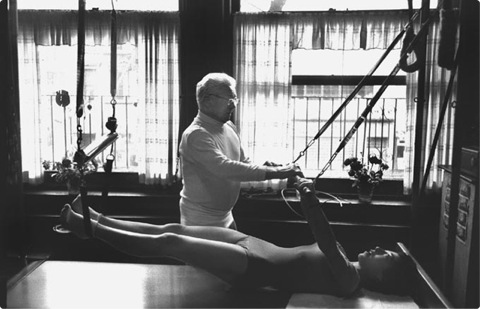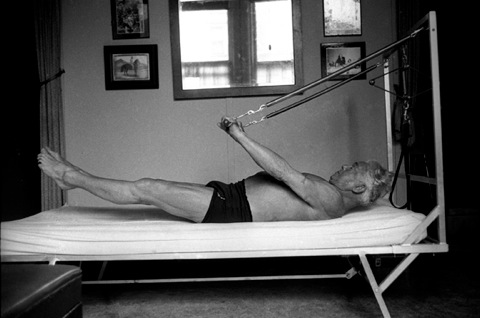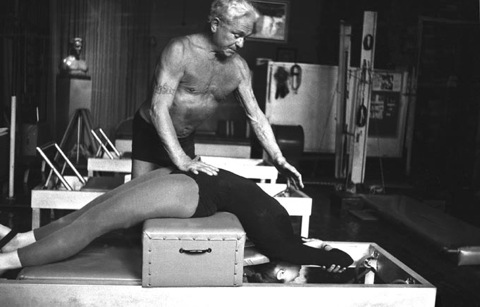
THE PILATES METHOD, developed by Joseph Pilates more than 70 years ago, improves core strength and flexibility, increases balance and stability, regenerates mind/body awareness, improves posture and circulation, and increases vitality.
In a series of controlled movements engaging your mind and body, the Pilates Method, performed on uniquely designed equipment or mats, works the deep musculature of the body to stabilize and support the spine. As a result, the spine elongates while muscles are toned and balanced increasing elasticity and flexibility of joints. This balance between strength and flexibility drastically reduces the potential for injury and improves the body’s postural alignment.
Pilates emphasizes flowing movements requiring the use of multiple muscle groups simultaneously. Controlled breathing and concentration are essential, making Pilates truly a workout for the body and the mind.
The Pilates Method spans all ages and fitness levels. It is a program you look forward to; it engages you and leaves you recharged with a sense of mental and and physical well-being.

History of Pilates
Pilates was designed by Joseph Pilates, a gymnast born in Germany of Greek ancestry. He designed a system of exercises based on aerobics during the first World War with the proposal to improve the rehabilitation program for the many returning veterans. Joseph Pilates believed that mental and physical health are inter-related. He recommended a few precise movements emphasizing control and form to aid injured soldiers in regaining their health by strengthening, stretching, and stabilizing key muscles. Pilates created "The Pilates Principles" to condition the entire body: proper alignment, centering, concentration, control, precision, breathing, and flowing movement.
Joseph Pilates wrote two books related to the Pilates method: Return to Life through Contrology (1928) and Your Health: A Corrective System of Exercising That Revolutionizes the Entire Field of Physical Education (1934).

Principles
Pilates claimed that his method contains both philosophical and theoretical foundations. He claimed that his system is not merely a collection of exercises, but a method developed and refined over more than eighty-five years of use and observation.
According to practitioners, the central aim of Pilates is to attempt to create a fusion of mind and body, so that without even engaging the mind, the body will move with economy, grace, and balance.